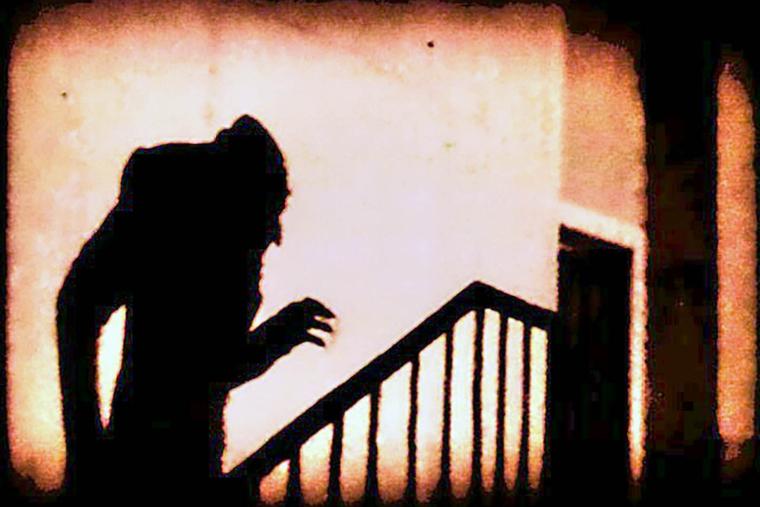Why ‘Nosferatu’ Earned a Place on the Vatican’s Film List
A silent horror film with a spiritual lesson? The sacramental meaning hidden in Nosferatu is worth a closer look.

The original Nosferatu (1922) remains a pillar in the history of cinema, a silent masterpiece that laid the groundwork for its genre. A century later, it continues to captivate audiences, earning it a place on the Vatican’s list of significant films. With renewed attention following its 2024 remake, now is a fitting time to revisit the silent-era classic that reminds us — even in the darkest tales — the light is never truly overcome.
Nosferatu — an unauthorized adaptation of Bram Stoker’s classic novel, Dracula — was directed by German director F.W. Murnau and is considered a high mark of the German Expressionist movement.
Watching the old film today feels a bit like watching an ancient relic from long ago, which is fitting, considering it is more than 100 years old. These qualities likely contributed to Nosferatu’s inclusion on the Vatican’s list of “Some Important Films” — commonly called the Vatican Film List — curated in 1995 during St. John Paul II’s papacy to mark the centenary of cinematography.
Nosferatu is in good company among the other films on this list, which include Ben-Hur, Babette’s Feast, The Passion of Joan of Arc, It’s a Wonderful Life, Citizen Kane and The Wizard of Oz. The list contains 45 films in total that are divided into three categories: Religion, Values and Art. Nosferatu falls under the Art category, and notably, it is the only horror film to be recognized.
By today’s standards, the original Nosferatu may seem dated — albeit in a charming sort of way — but one can imagine how terrifying it must have been for audiences in the 1920s. Indeed, despite the film’s datedness, there’s a reason why Max Schreck’s pale-skinned and creepy Count Orlok remains one of the most iconic horror symbols of all time.
Similar to Dracula, Nosferatu follows a young estate agent, Thomas Hutter, who is sent by his employer Herr Knock deep into the Carpathian Mountains to meet with the mysterious Count Orlok, who is interested in purchasing a house in the fictional town of Wisborg. Hutter leaves his wife Ellen behind, and in his absence, she begins to be tormented by a strange psychic connection to Count Orlok.
As Hutter discovers more about who (and what) Count Orlok is, Ellen’s torment only intensifies. Meanwhile, Orlok secretly boards a vessel bound for Wisborg, bringing with him a plague that devastates the town. As the story unfolds, Ellen realizes that only an act of self-sacrifice can put an end to Orlok’s reign of terror. In the final moments, as he lingers too long in her presence, the first rays of morning light break through, consuming him in smoke and vanquishing him at last. The very thing he sought to control becomes his undoing.
Whether Murnau intended it or not, Ellen’s sacrifice carries a clear parallel to Christ’s self-giving love. Beneath the film’s eerie atmosphere lies a transcendent theme that elevates Nosferatu beyond mere horror. Ellen’s final act of self-offering preempts all of the darkness and dread that comes before it. Perhaps, in addition to its artfulness and pioneering influence, this is why the Vatican deemed it fit for inclusion on its list of important films.
As the original Nosferatu shows, there lies within the horror genre a distinct opportunity to present darkness in such a way that the light shines through all the brighter. After all, the presence of darkness doesn’t mean light is absent — sometimes, one need only look a little closer to see the illumination that was there all along. Ultimately, Nosferatu reminds us that darkness and evil will never prevail over the divine light of true sacrifice.
- Keywords:
- nosferatu
- silent films
- vatican film list
- redemption















